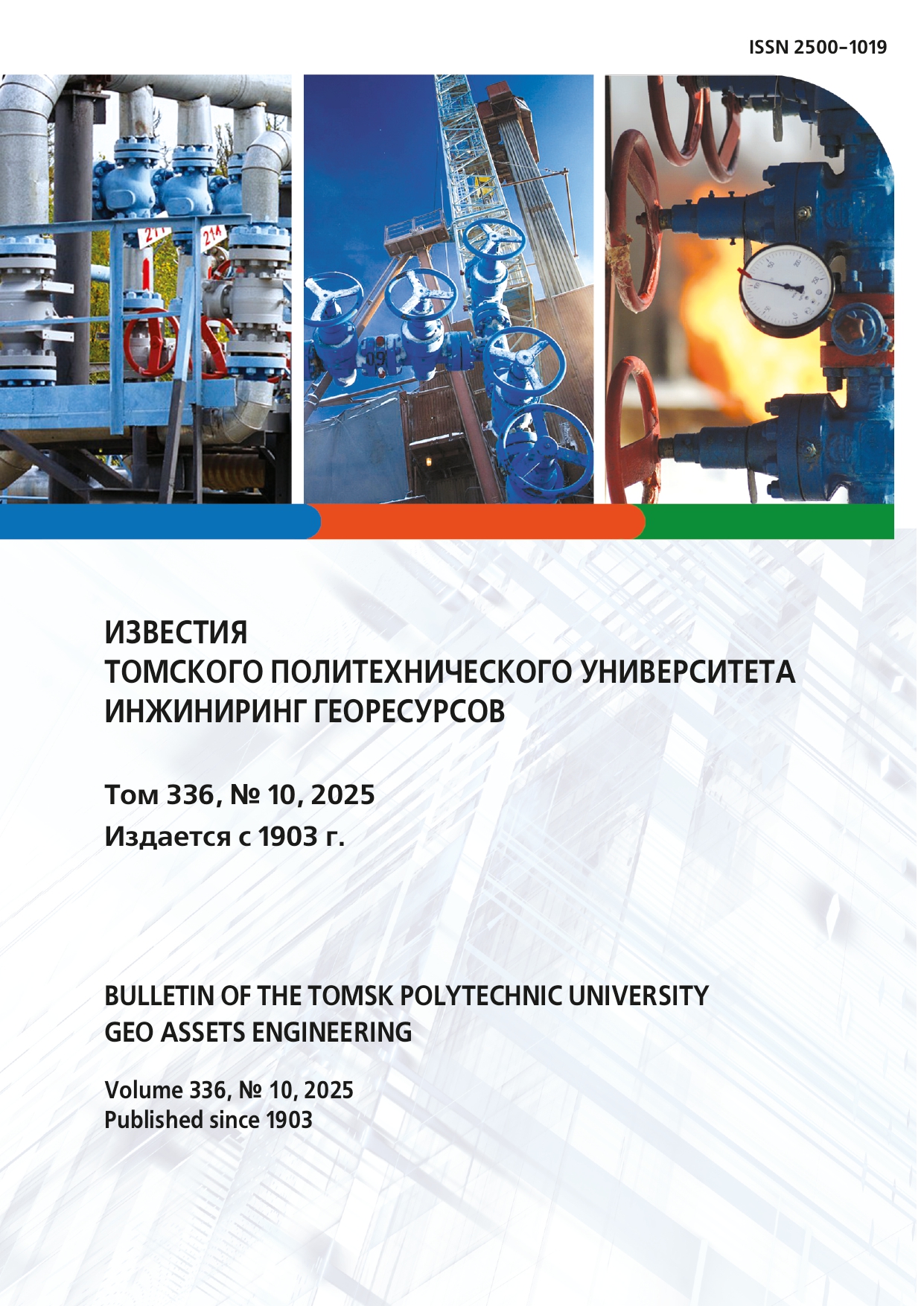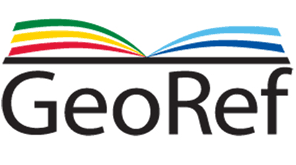Том 334 № 3 (2023)
DOI https://doi.org/10.18799/24131830/2023/3/3921
ОЦЕНКА ЭНЕРГЕТИЧЕСКОЙ ЭФФЕКТИВНОСТИ АКТИВНЫХ СИЛОВЫХ ФИЛЬТРОВ ДЛЯ СИСТЕМ ЭЛЕКТРОСНАБЖЕНИЯ СЕВЕРНЫХ РЕГИОНОВ
Ссылка для цитирования: Дыбко М.А. Оценка энергетической эффективности активных силовых фильтров для систем электроснабжения северных регионов // Известия Томского политехнического университета. Инжиниринг георесурсов. – 2023. – Т. 334. – № 3. – С. 138-152.
Актуальность исследования обусловлена необходимостью повышения энергетической эффективности систем электроснабжения для северных регионов, где расположена большая часть добывающей промышленности страны. Электроснабжение в этих районах обеспечивается, как правило, дизельными, газопоршневыми и гидроэлектрическими установками. Из-за отсутствия централизованного электроснабжения, дороговизны доставки топлива стоимость электроэнергии на порядок выше, чем в средней полосе России. Обилие нелинейных нагрузок и потребителей реактивной мощности приводит не только к ухудшению качества электрической энергии, но и к потерям из-за реактивной мощности и мощности искажения. Для минимизации негативного влияния нелинейных и реактивных потребителей в систему электроснабжения включают активный силовой фильтр, который представляет собой инвертор напряжения в режиме управляемого источника тока. Установка активного силового фильтра в систему электроснабжения требует серьезных капитальных вложений, поэтому необходима предварительная оценка экономического эффекта от его эксплуатации. Это, в свою очередь, требует проведения комплексной оценки его энергетической эффективности. Отсутствие на сегодняшний день единого методологического подхода к оценке эффективности работы активных силовых фильтров, отсутствие методики оценки КПД подобных устройств, а также необходимость оценки экономического эффекта от компенсации высших гармоник и реактивной мощности актуализирует задачу разработки математического аппарата оценки энергетической эффективности работы активных силовых фильтров. Цель: повышение эффективности использования электрической энергии в системах электроснабжения северных регионов за счет применения систем накопления и активных силовых фильтров. Объекты: устройства, предназначенные для обмена электромагнитной энергией с сетью – активные силовые фильтры и компенсаторы; нагрузки – нелинейные и реактивные. Методы. Для достижения поставленной цели требуется разработка математического аппарата для адекватной оценки энергетической эффективности работы активных силовых фильтров. Для решения этой задачи выполнено математическое моделирование с использованием спектрального метода анализа и переключающих функций; составлена дискретная математическая модель трехфазного тиристорного управляемого мостового выпрямителя; составлена дискретная математическая модель активных силовых фильтров, включающая в себя расчет всех участков силовой схемы преобразователя, а также математическое описание алгоритма управления силовыми ключами; математическое описание активных силовых фильтров содержит расчет токовой загрузки силовых полупроводниковых приборов, расчет статических и динамических потерь. Предложен подход к расчету КПД активных силовых фильтров, где за полезную мощность принимается активная мощность, отдаваемая в нагрузку, а за полную мощность – сумма активной полезной мощности и потерь в активных силовых фильтрах. Предложен ряд других критериев для оценки энергетической эффективности активных силовых фильтров по реактивной мощности, полной мощности и мощности искажения. Результаты. Получены результаты расчета электромагнитных процессов в силовой цепи активных силовых фильтров, интегральных параметров токовой загрузки силовых ключей инвертора активных силовых фильтров, статических и динамических потерь в активных силовых фильтрах, показателей энергетической эффективности активных силовых фильтров при работе на нелинейную и реактивную нагрузку. Расчеты получены для двух топологий инверторов активных силовых фильтров – двухуровневого и трехуровневого. Результаты расчетов в математической модели проверены имитационным моделированием в Matlab Simulink.
Ключевые слова:
Электроснабжение северных регионов, компенсация реактивной мощности, компенсация мощности искажения, математическое моделирование работы активного силового фильтра, расчет коэффициента полезного действия активного силового фильтра





